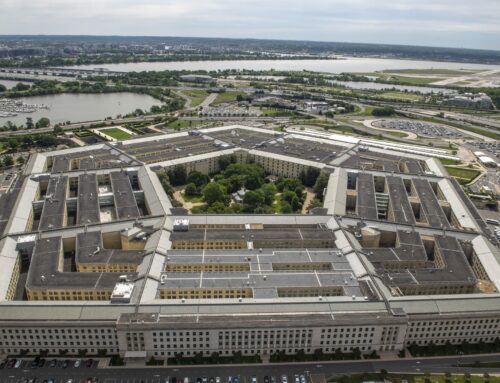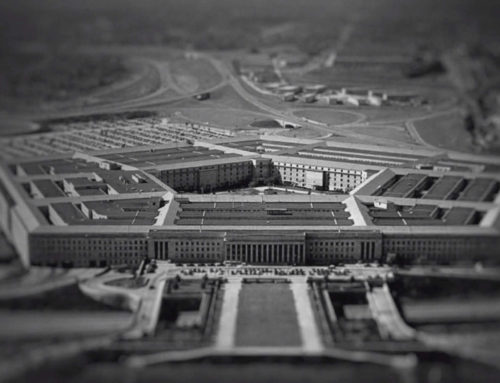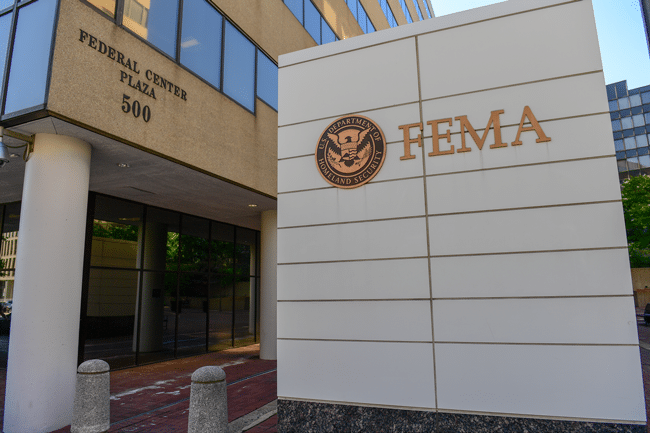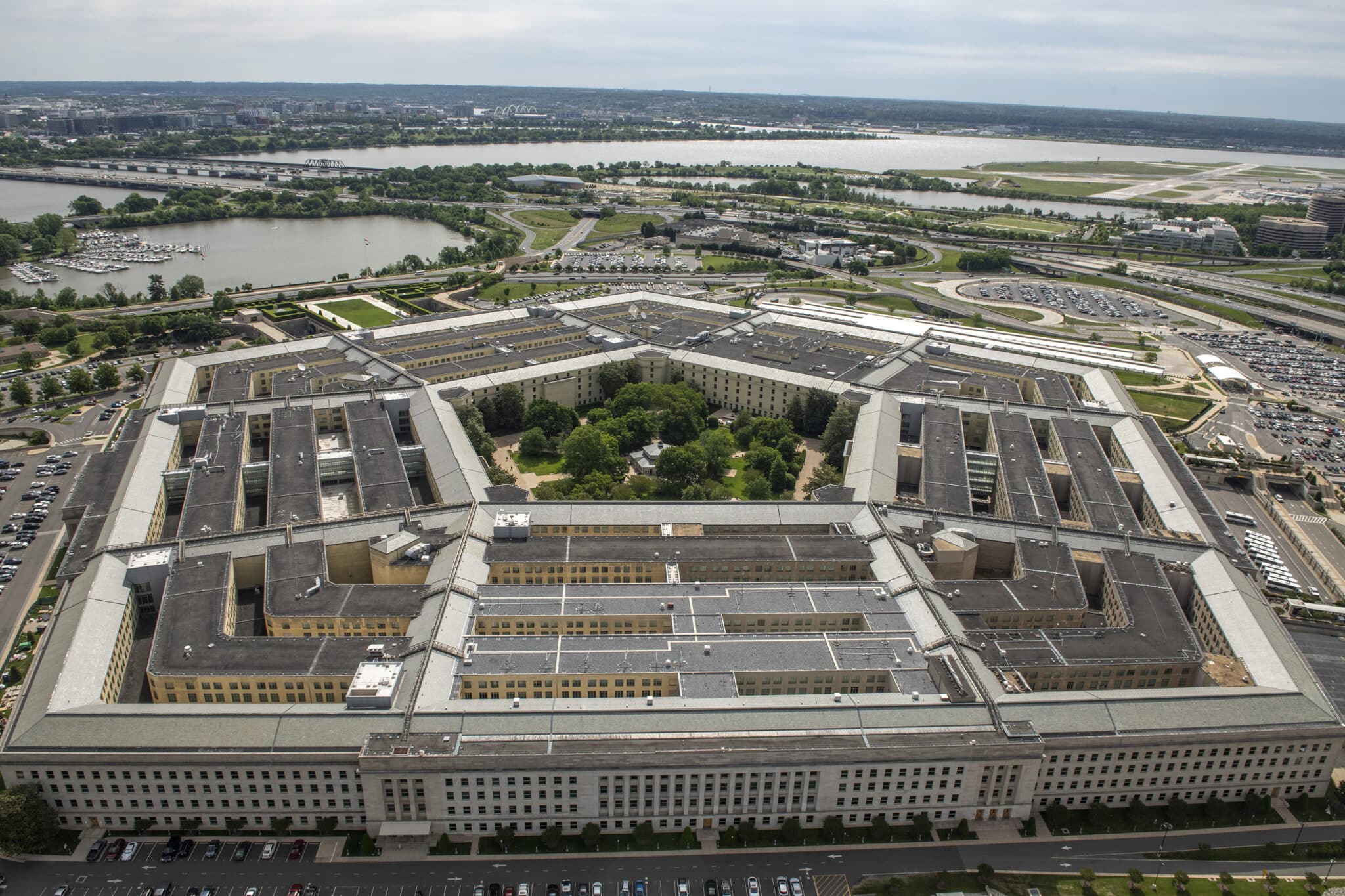Last year, we wrote that if the president's national security spending request continued to grow by the same amount as it grew in FY2025, we would hit $1 trillion in national security spending by FY2031. Well, Christmas came early—at least for Pentagon contractors.
While last year's $921 billion national security budget request was no beacon of fiscal responsibility, President Trump's FY2026 Budget Request puts Dr. Evil's million-dollar demands into perspective—he could ask for $1 million one million times and he still wouldn't be asking for as much as the president is requesting for the Pentagon and other national security programs.
Aside from the amount, some of the procedural maneuvers in this year's budget request are also unprecedented. For the first time, the Pentagon budget includes requests for funds that would be provided through the budget reconciliation bill currently working its way through Congress, rather than through regular appropriations bills. As we've explained in previous analyses, this approach has come with all sorts of problems. But fundamentally, the president is still requesting the money, so suggestions that the Pentagon budget request is flat without acknowledging the inclusion of reconciliation funds in the request are misleading.
Here's the topline breakdown, sourced from the Pentagon's 12-page budget overview:
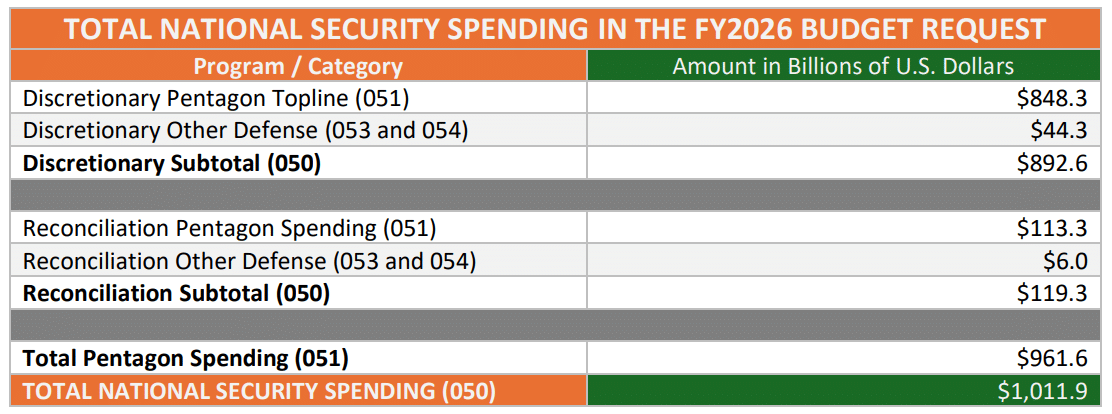
Looking at discretionary spending alone, the president's budget request matches FY2025 enacted spending of $848.3 billion. Other discretionary defense spending in the request also matches last year's enacted level of $44.3 billion. But when you include the request for reconciliation funding, the president's budget catapults the Pentagon's topline from $848.3 billion enacted last year to $961.6 billion, a more than 13 percent hike. Looking at total national security spending, which includes funding for the Department of Energy's National Nuclear Security Administration and certain other national security programs, with reconciliation included, the request launches the budget from $904.3 billion enacted for FY2025 to over $1 trillion, a nearly 12 percent increase.
As of this writing, while most of the Pentagon's budget is now published, some critical pieces are still missing, like a document detailing program acquisition costs by weapon systems, and key portions of the justification books for the Air Force, which explain the rationale and future-year plans for program- and project-level requests. Without these documents, Congress is forging ahead with drafting a budget without a clear picture of the Pentagon's plans and strategies. It's a dangerous way to budget for national security that all ties back to the administration's decision to delay the release of its full budget request in hopes of passing reconciliation first. With that hope dwindling, the administration may be forced to release the rest of the budget before it has reconciliation in the bag—but with the House Appropriations Committee already having advanced the Pentagon spending bill for FY2026, the damage caused by this political maneuvering may already be done.
Moreover, the damage to the nation's fiscal outlook could reverberate for years to come. Historically, Congress is very hesitant to decrease topline Pentagon spending. The use of reconciliation funds for the Pentagon is a first, so it's hard to say how this will play out, but it's possible that lawmakers will come to view $1 trillion as the new baseline, which could mean the Pentagon budget never dips below $1 trillion again. With interest payments on the nation's debt also recently surpassing the $1 trillion mark, treating this budget as the new baseline for Pentagon spending would deepen the nation's already dire debt crisis.
Yet, for all this spending, we won't be any safer. Increasingly, Congress has treated Pentagon spending as a strategy onto itself, rather than letting strategy dictate the budget. Too many lawmakers view more money as more security, even when that money is put toward programs we don't need, like the Sentinel ICBM, or that simply won't work, like the Golden Dome. And by piling more money on the Pentagon each year, Congress ensures that no one has to make tough decisions about which strategies actually make sense. The result is a scattershot approach to national security that overinvests in overly complex research and procurement programs we don't need while shortchanging the accounts that serve as the backbone of our military strength, like Military Personnel and Operation and Maintenance. Until Congress learns this lesson, taxpayers will continue to pay the price for higher and higher Pentagon budgets that deliver less and less security for the American people.


